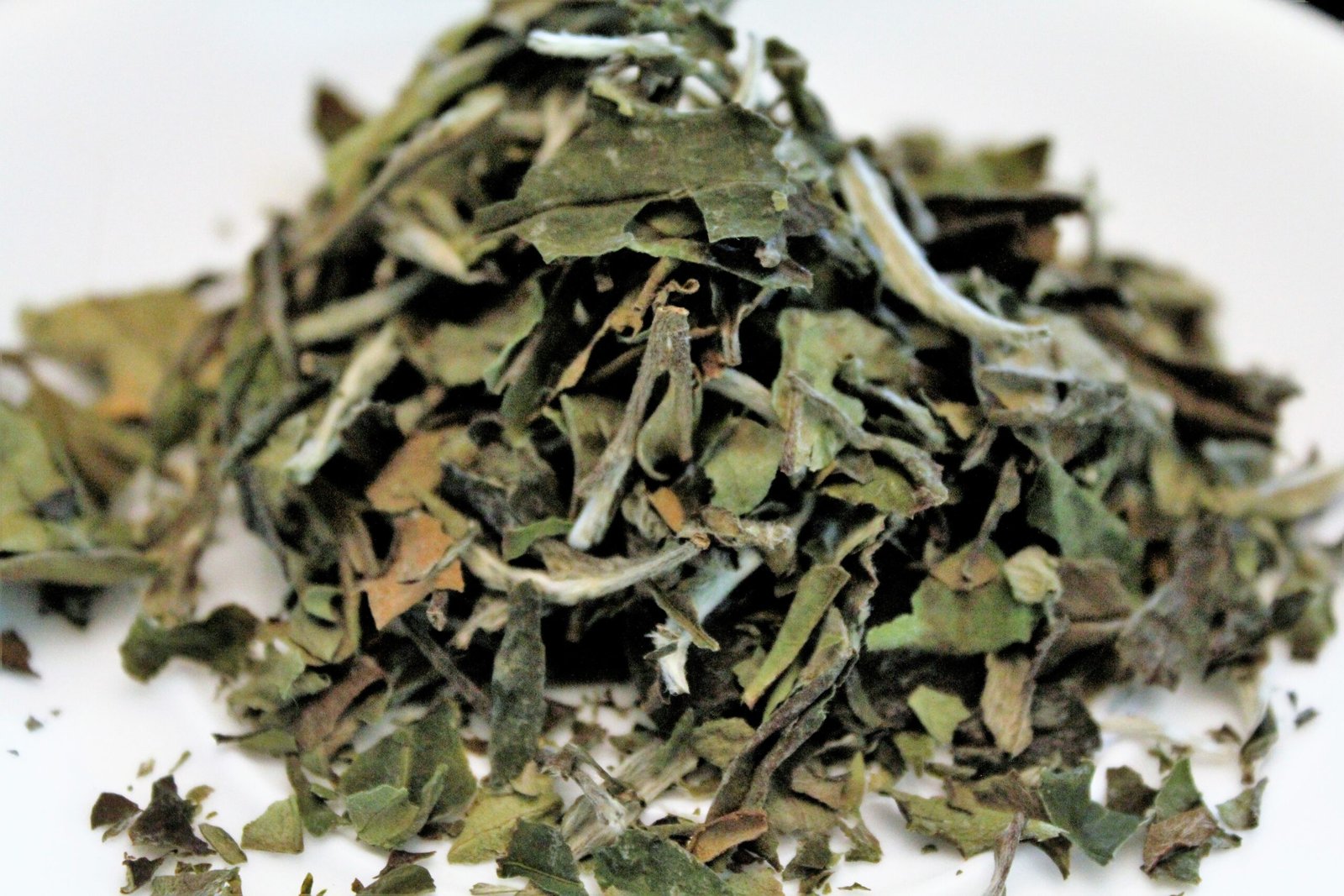Lately, I’ve been more intentional about what I eat, focusing on foods that support better health and more stable blood sugar levels. As an Asian, for my carbs, I prefer to have rice than any other options. In that process, I discovered farro, an ancient grain that has quickly become a staple in my kitchen. If you are curious about what farro is, why it’s gaining popularity, and how you can incorporate it into your meals, keep reading😊. I will walk you through everything you need to know👍.
🌾What is Farro?
Farro is an ancient grain that has been cultivated for thousands of years, primarily in the Mediterranean and Middle Eastern regions. It refers to a group of three wheat species: emmer, einkorn, and spelt. Today, the most commonly sold variety in stores is emmer wheat, which is what people usually mean when they say “farro.”
Farro has a nutty flavor and a pleasantly chewy texture, making it a great addition to soups, salads, bowls, and even as a rice substitute. It’s also a whole grain, which means it retains its bran and germ layers – where most of the nutrition lives.
🥣 Nutritional Profile of Farro
According to Verywell Fit, 1/3 cup (about 45g) of cooked pearled farro contains approximately:
- Calories: 150
- Carbohydrates: 29g
- Dietary Fiber: 3g
- Protein: 5g
- Fat: 1g
- Iron: 2mg (about 11% of daily value)
Farro is also a good source of magnesium, zinc, and B vitamins, which play key roles in energy production and metabolic health.
✅ Health Benefits of Farro
1. High in Fiber
Farro is rich in dietary fiber, which can help improve digestion, reduce cholesterol levels, and regulate blood sugar. This is especially important for anyone managing their glycemic index or preventing spikes in blood sugar.
2. Plant-Based Protein Source
With 5 grams of protein per serving, farro is a solid option for vegetarians and those looking to cut down on meat without sacrificing protein.
3. Rich in Antioxidants and Minerals
Farro contains important micronutrients like magnesium (for muscle and nerve function) and zinc (for immune support), as well as antioxidants that may help reduce inflammation.
4. Heart and Metabolic Health
Whole grain consumption, including grains like farro, has been associated with lower risks of heart disease, stroke, and type 2 diabetes, according to the Cleveland Clinic.
⚠️ Potential Side Effects and Precautions
Contains Gluten
One of the most important things to know: farro is not gluten-free. If you have celiac disease or a gluten sensitivity, farro is off the table.
👉 In this case, instead it is consumed as a substitute with processed enzyme products that can break down gluten.
May Cause Digestive Discomfort
Due to its high fiber content, some people may experience bloating or gas when first introducing farro to their diet. If you are new to whole grains, start with small portions and increase gradually.
High Potassium Content
Due to the high potassium content, diabetic patients with renal failure should be careful about their intake.
🤷♀️ Who Should Eat Farro?
Farro is a great addition to most healthy diets, especially for people who:
- Are looking for alternatives to white rice or refined grains
- Want more fiber and protein in their meals
- Are managing weight or blood sugar
- Follow a plant-based or Mediterranean-style diet
However, again – those with gluten intolerance or celiac disease should avoid it.
🍽️ How to Eat Farro
1. Cook It Like Rice
You can prepare farro using the absorption method (like rice), or boil it like pasta. Soaking it for a few hours or overnight helps reduce cooking time.
In addition, the texture of Farro is softer and chewier than brown rice, so it is really delicious when cooked with other rice for example, white rice, basmati, jasmine, etc.
When cooking rice, you can cook according to your taste, such as 3:7, 5:5 or 7:3 ratios.
2. Add to Salads and Bowls
Farro makes an excellent base for grain bowls or hearty salads. Just add roasted vegetables, leafy greens, a protein source, and your favorite dressing.
3. Stir It into Soups or Stews
Its chewy texture holds up well in warm dishes, making it ideal for one-pot meals and comfort food.
4. Use It as a Rice Substitute
Anywhere you’d use rice – stir-fries, curry, burrito bowls – you can swap in farro for a higher-fiber, nuttier alternative.
Final Thoughts
Farro is not just a trendy grain – it’s a nutritional powerhouse with deep roots in history and plenty of modern-day benefits. It is hearty, satisfying, and versatile enough to work in a wide range of dishes. As someone mindful of blood sugar and overall health, I’ve found Farro to be an easy upgrade to my usual meals.
Give it a try! Your body and your taste buds will thank you!💛
You might also be interested 👇



